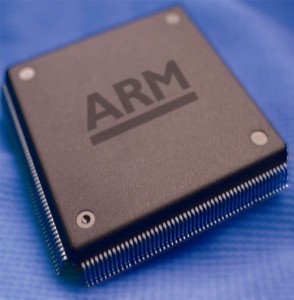Technology plays a key role in growth of businesses. Every business wants a platform that’s effective for both clients and customers. The cost of media gateways and wireless controllers are some of the considerations business owners need to look into.
For reducing costs of inventory and speeding up delivery to the market, companies need to integrate the latest solutions such as multiservice processors. Multiservice processors are devices that are compatible with softwares provided by industry leaders, allowing businesses to combine several line cards.
They link to an external communication processor provided by different companies, enabling optimal networking to reduce costs and speed up delivery time. The processors rely on cost-effective solutions which are based on internet protocol (IP), and allows for TMD migration.
A multiservice processor makes space for IP-cards and allows for more connections (SONET/SDH) without requiring additional boards. This allows businesses to take advantage of the most cost-effective TDM or IP lines. Multiple and propriety protocols are supported by these processors including ML/MC-PPP, PWE3, HDLC and ATM. Backward integration is also possible with programming for a connection with non-standard devices.
 These processors are flexible and can be used with existing hardware and software platforms. They increase the existing bandwidth, which is important for a growing business, and allows customer to reduce costs by providing support for extra connections. With these processors, the bi-directional bandwidth data of a device can be share by three different protocols at a single time. Ethernets ports and latest ARM processors are integrated as well.
These processors are flexible and can be used with existing hardware and software platforms. They increase the existing bandwidth, which is important for a growing business, and allows customer to reduce costs by providing support for extra connections. With these processors, the bi-directional bandwidth data of a device can be share by three different protocols at a single time. Ethernets ports and latest ARM processors are integrated as well.
The latest generations of multiservice processors are available for businesses to implement in their ongoing operations. Many different companies specialize in the software that connects to the processor like LSI.
Multiservice processor versions feature IPsec data-encryption for different keys including 128 and 192, and can go up to 256. Different chips offer a set of resources which are able to meet the requirements of different operating systems. Addressing muxponders and transponders along with switching (OTN) requirement is also a feature of multiservice processors.
There’s integration of Ethernet which is carrier based allows to overcome challenges presented by the backhaul of mobile and packet data. Some models also include mapping and SDH framing that makes a cross connection with the carriers, allowing them to transition packet transport (SDH/SONET).
Advanced processors can provide compatibility for UNI links or beyond 80 IMA groups. They also feature packet processing and HDLC. As a result, businesses can take advantage of performance monitoring and synchronous clocking.
This aggregated service is assisting businesses in an increasingly gadget-dominated world. Businesses in different industries are now able to switch from traditional to new IP networks with minimal costs and downtime. Another advantage for businesses is the use of a common platform from switching of TDM to ATM.
For base station controllers and media gateways, the processors provide a state-of the art solution system. Businesses can also use them for multiservice applications such as 4G/LTE wireless access, taking advantage of the high bandwidth.
Businesses making use of multiservice processors will benefit from low costs, increased bandwidth and durable digital storage.